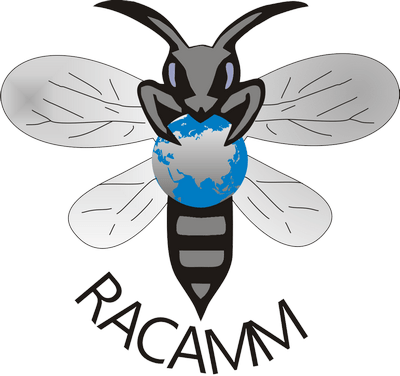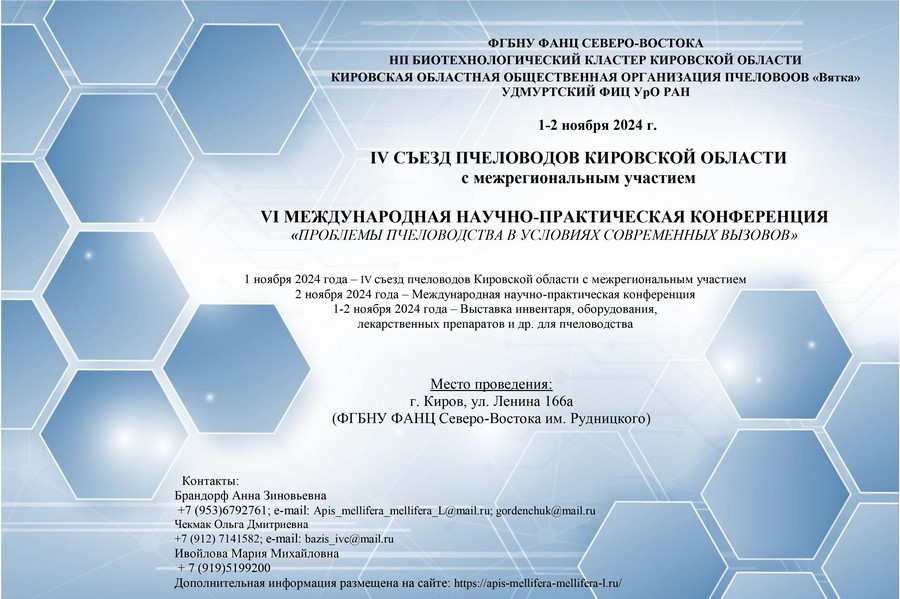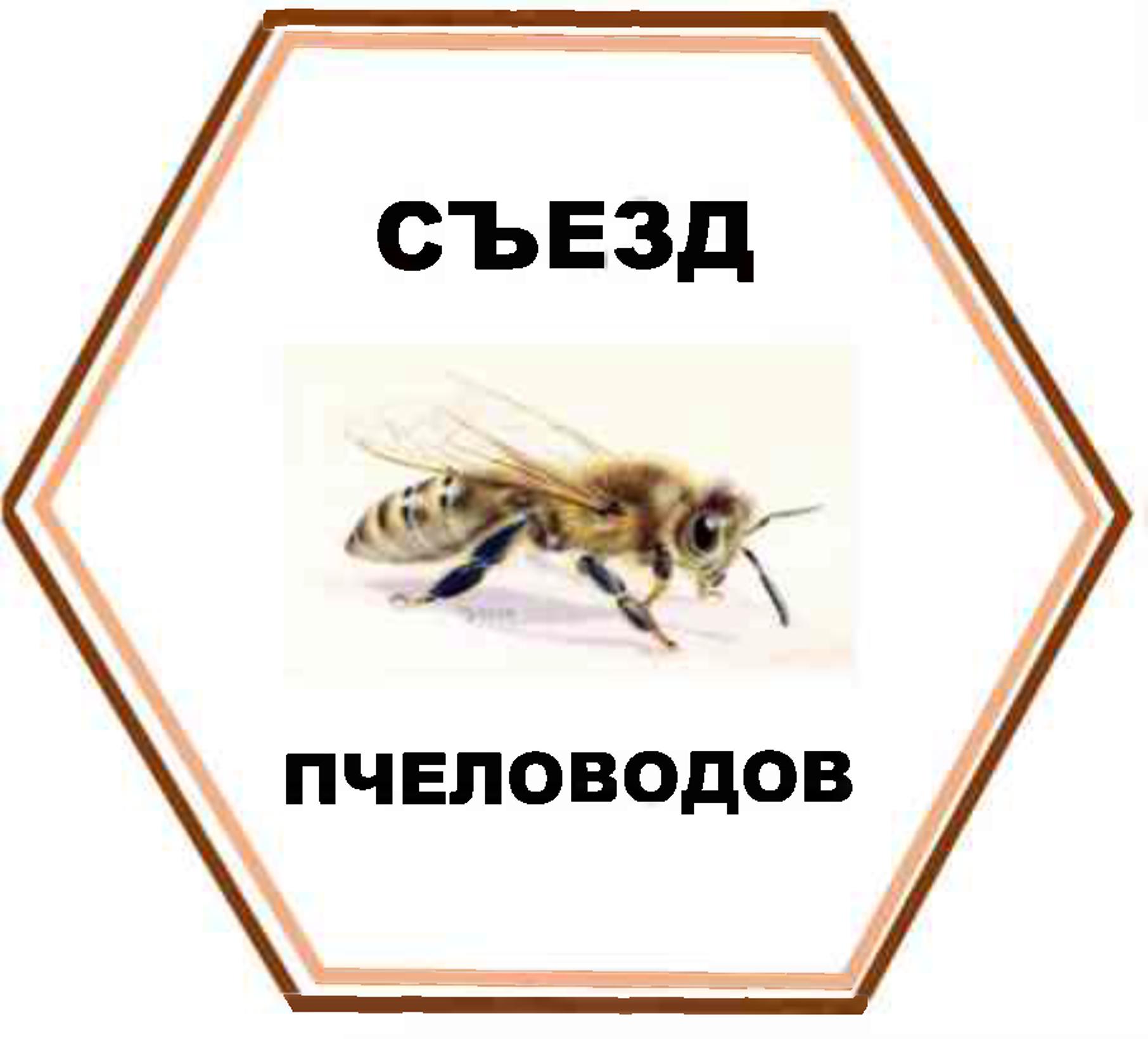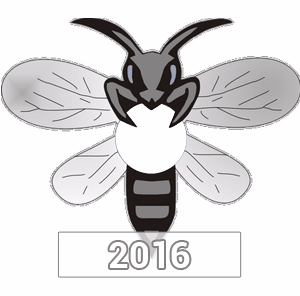In the prozess of evolution, honey bees and flowers formed definite interconnection, and as a result of them the bees formed priorities in foraging of pollen and nectar from certain plants. If we know these priorities, we can select and create specialized lines for pollination of certain agricultural crops.
The purpose of ouer researches was to define florospecialization Dark Bees in North-East regions of Russia. Research was carried out in the years 2006-2015 during the mass flowering of competitive flora. Florospecialization was revealed through collection of pollens load by arriving bees in hinged pollen traps and subsequent identification of pollen grains.
As a result of the botanical analysis of pollen loads from bees placed in conditions of woodland forage, a narrow florospecialization was revealed. Bees brought in beehive pollens, collected from 2-4 kinds of plants, moreover bees formed homogeneous pollen loads (from one kind of plant). Mixed pollenIt loads were not found.
During a given day bees prefer to bring pollen from one kind of plant, which is in a phase of mass flowering. For example, during flowering of the bird-cherry tree (Padus racemosa L.) in May, foraging of pollen from this plant was 58.2%. Simultaneously bees brought pollen from dandelion (Taraxacum). The same reaction was shown in bees with the coming of a plentiful nectar flow from sedum (Ch. Angustifolium H.) from 10 July to 9 August. Foraging of pollen from this plant was changed up 47% (10.07) to 89.2% (09.08); this plant is the main of honey-yilding flower in the forest zone. Simultaneously, during this period, bees brought the pollen of meadowsweet (F. ulmaria L.): 53% on 10.07; red clover (Trifolium pretense L.): 8.6% on 09.08., and field scabious (K. arvensis Coult.): 2.2% on 09.08.
Analogous result was got by bees from fields of Trifolium prat. L. Pollen load during a given day was from 3 kinds of plants. The percantage of pollen loads from clover rose 10% in the beginning and to 98% by phase of mass flovering.
Result of our researches: bees of North-East regions of Russia have narrow florospecialization. Bees prefer foraging of pollen from plants which are simultaneously a source of nectar and pollen, and this is characteristic for the dark bee. Narrow florospecialization can be used by develop their effective utilization in the pollination of agricultural crops. We can suppose, efficiency of “training” of bees with narrow florospecialization. And weak floromigration will have better results, in comparison to bees which quickly pass from one kind of plant to others, when their nectareous and pollen efficiency change.





















